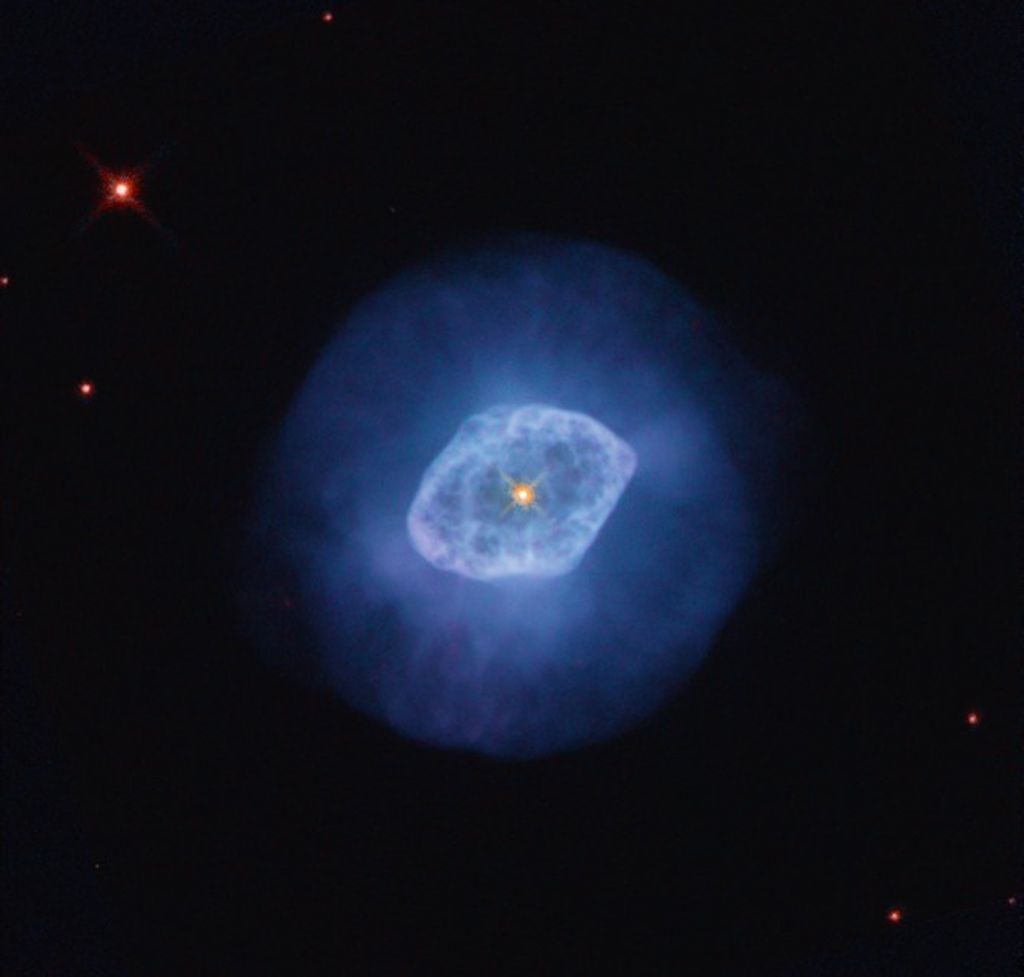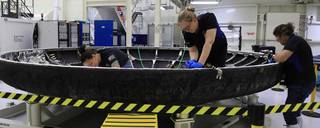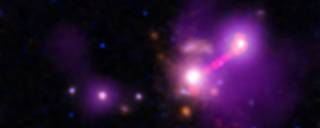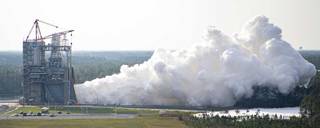Week of March 6 – March 10, 2023
Analysis Confirms Successful Artemis I Moon Mission, Reviews Continue
NASA’s uncrewed Artemis I flight test proved the agency’s deep space rocket, spacecraft, and the ground systems needed for launch and recovery are ready to fly astronauts on missions to the Moon. Since the 2022 flight, engineers have extensively reviewed data to confirm initial observations from the successful mission of NASA’s Space Launch System (SLS) rocket and Orion spacecraft on its 1.4 million-mile mission beyond the Moon.
Vela Pulsar Wind Nebula Takes Flight in New Image From NASA’s IXPE
About 10,000 years ago, light from the explosion of a giant star in the constellation Vela arrived at Earth. This supernova left behind a dense object called a pulsar, which appears to brighten regularly as it spins, like a cosmic lighthouse. From the surface of this pulsar, winds of particles emerge that travel near the speed of light, creating a chaotic hodgepodge of charged particles and magnetic fields that crash into surrounding gas. This phenomenon is called a pulsar wind nebula.
Research Flying to Station on SpaceX CRS-27
NASA’s 27th SpaceX commercial resupply services mission is scheduled to launch to the International Space Station from the agency’s Kennedy Space Center in Florida later this month. The scientific experiments and technology demonstrations carried by the uncrewed Dragon spacecraft will examine how the heart changes in space, test a student-designed camera mount, compare surfaces that control biofilm formation, and more.
Chandra Helps Astronomers Discover Surprisingly Lonely Galaxy
A new image features a galaxy called 3C 297 that is lonelier than expected after it likely pulled in and absorbed its former companion galaxies. The solo galaxy is located about 9.2 billion light-years from Earth. This result, made with NASA’s Chandra X-ray Observatory and the International Gemini Observatory, may push the limits for how quickly astronomers expect galaxies to grow in the early universe.
NASA Continues Test Series for Redesigned Artemis Moon Rocket Engines
NASA’s testing for redesigned RS-25 engines to be used on future Space Launch System (SLS) missions continued with a March 8 full-duration hot fire at NASA’s Stennis Space Center near Bay St. Louis, Mississippi. It was the third test since an upgraded nozzle was installed on the RS-25 engine just prior to a Feb 8 hot fire.
For more information or to learn about other happenings at NASA’s Marshall Space Flight Center, visit NASA Marshall. For past issues of the ICYMI newsletter, click here.































